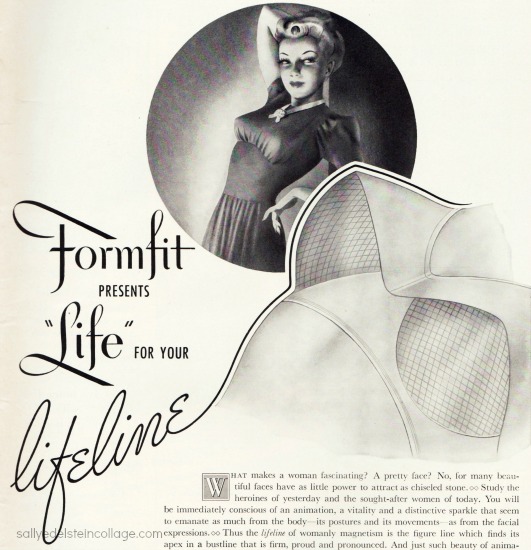LizzieMaine
Bartender
- Messages
- 33,061
- Location
- Where The Tourists Meet The Sea
These days Dick Tracy wears what's called a "wrist wizard," which gives him all manner of advanced functionality, despite the fact that it's built into a casing that looks very much like his original Two Way Wrist Radio of 1946. Diet Smith Industries goes in for retro chic, you see.
"Lifts and Separates" was the catchphrase for the Playtex Cross Your Heart Bra, which was a remedy for the shelf-like unibosoms created by certain other brands of support garments. It's still manufactured, and is actually still a pretty good product for the money if you consider underwires a crime against humanity and can find a store that carries it. It was advertised on TV for many years by Jane Russell, who evidentlly had given up on the Howard Hughes cantilever model by then.
"Lifts and Separates" was the catchphrase for the Playtex Cross Your Heart Bra, which was a remedy for the shelf-like unibosoms created by certain other brands of support garments. It's still manufactured, and is actually still a pretty good product for the money if you consider underwires a crime against humanity and can find a store that carries it. It was advertised on TV for many years by Jane Russell, who evidentlly had given up on the Howard Hughes cantilever model by then.

